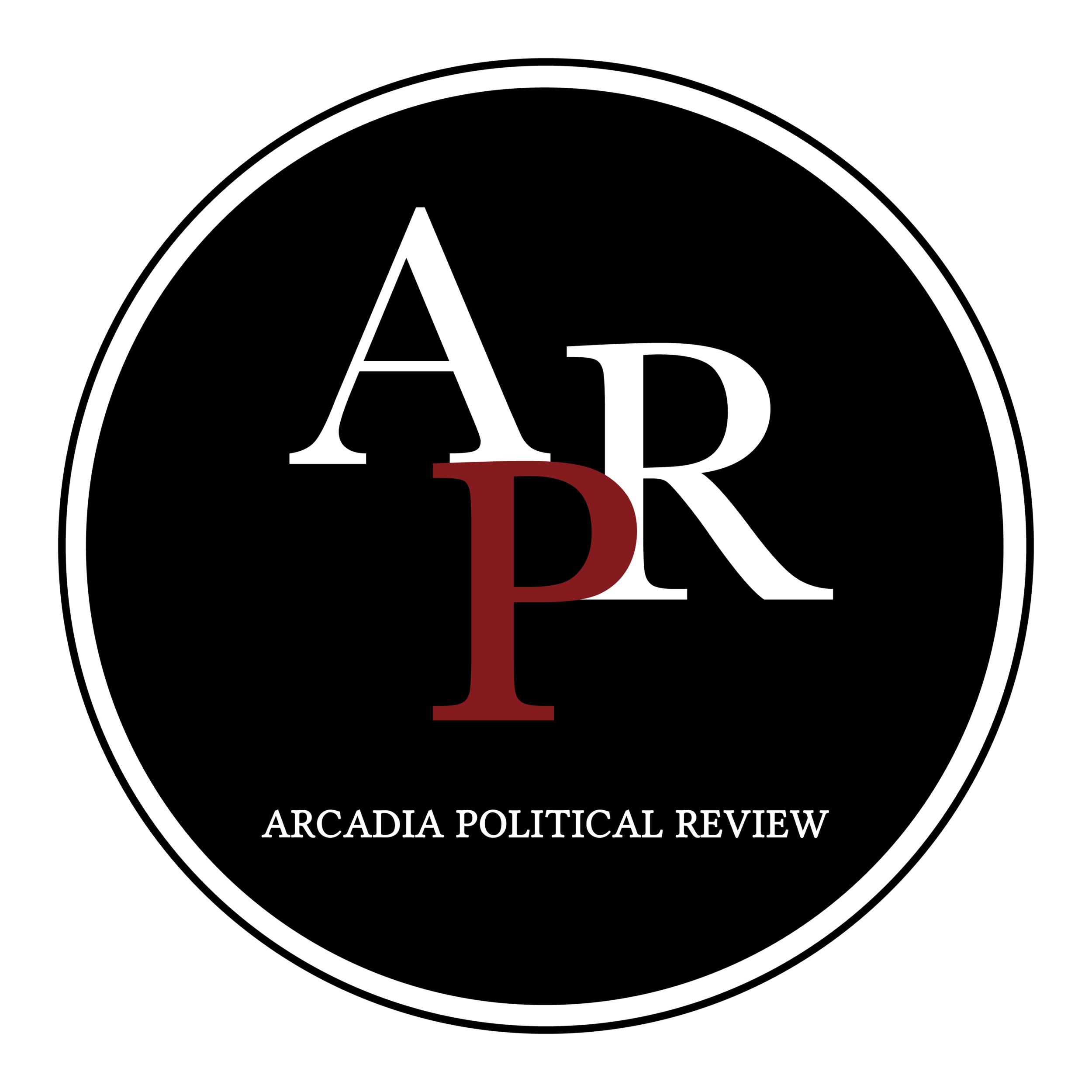Erdoğan’s Cities: Who Are They For?
Recep Tayyip Erdoğan’s AK Party may lack a substantial number of qualities that one might hope for in an elected government, but one thing cannot be denied, they possess an unyielding ambition to reform Turkey (some might argue, beyond recognition). This claim does not merely refer to more obvious shocks (the radical constitutional referendum in 2017, or the countless activist, and often provocative, foreign policy initiatives), but specifically to urban policy – yet another arena manifesting Erdoğan’s excerption of power.
Cities like Istanbul have received a facelift, experiencing swift and aggressive urban renewal alongside the erection of numerous mega infrastructure projects. These extravagant changes are meant to not only stimulate economic growth through the generation of vast amounts of land rents but also reflect the supposed grandiosity of AKP leadership.
These drastic changes in the physical structure of cities are largely made possible due to the perfect marriage of two key notions: neoliberalism and populism. The AKP embarked on a mission to achieve extensive political centralisation through privatisation of municipal rights and revenues; providing private actors with public resources without allowing citizens to have any say in the urban transformation that directly impacts their lives. In essence, the benefits of urban transformation are privatised whilst the cost of these forceful changes are socialised.
The implementation of The Urban Transformation Act for the Areas under Disaster Risk in 2012 became a game changer, paving the way for top-down urban interventions. The Act not only re-centralises planning powers whilst strengthening the Ministry of Environment and Urban Planning (EUP) and the Public Housing Development Administration (TOKİ) but it disempowers civil society by amending the participatory mechanisms that were once in place, effectually undermining social demands. For one, undertaking enormous mass housing projects in Bursa, TOKİ was faced with criticism from numerous NGOs, who stressed the project’s overall neglect of social and economical dimensions. Housing projects ignored macro planning as the city expanded, creating several disconnected neighbourhoods (Elicin, 2014).
Using the momentum of the catastrophic Marmara earthquake in 1999, the Urban Transformation Act is formally intended to identify high-risk residential areas that would subsequently be renewed by TOKİ. At a first glance, this appears perfectly reasonable but as highlighted by Yeseren Elicin (2014), this entirely depends on the methods used to identify such areas. The Act provides no definition of ‘disaster’, moreover, the term is only mentioned four times, whilst ‘transformation’ is cited twenty-seven times. As a result, one might argue that disaster prevention may not be listed as one of the AKP’s top priorities.
Disturbingly enough, the Act provides TOKİ with jurisdiction to not only demolish housing units within a given “risk-area” but also properties in the perimeters of a “risk zone” to ensure the “integrity of implementation.” In other words, the Act allows housing authorities to instrumentalise expropriation, serving private interest whilst depriving constituencies of their ownership rights. This undoubtedly leaves us with a critical question: who are these cities for?
Henri Lefebvre would turn in his grave at the state of the rights to the city – they are practically unheard of in Turkey’s current administrative climate. Local planning authorities and municipalities are practically disenfranchised, not to mention the aggressive crackdown on independent regulatory institutions have, in Seda Demiralp (2018) words, allowed TOKI to “act as giant property developers, operating under direct government control.” The AKP’s urban policy can, therefore, function as a metaphorical bulldozer, demolishing any obstacle that comes in its way.

